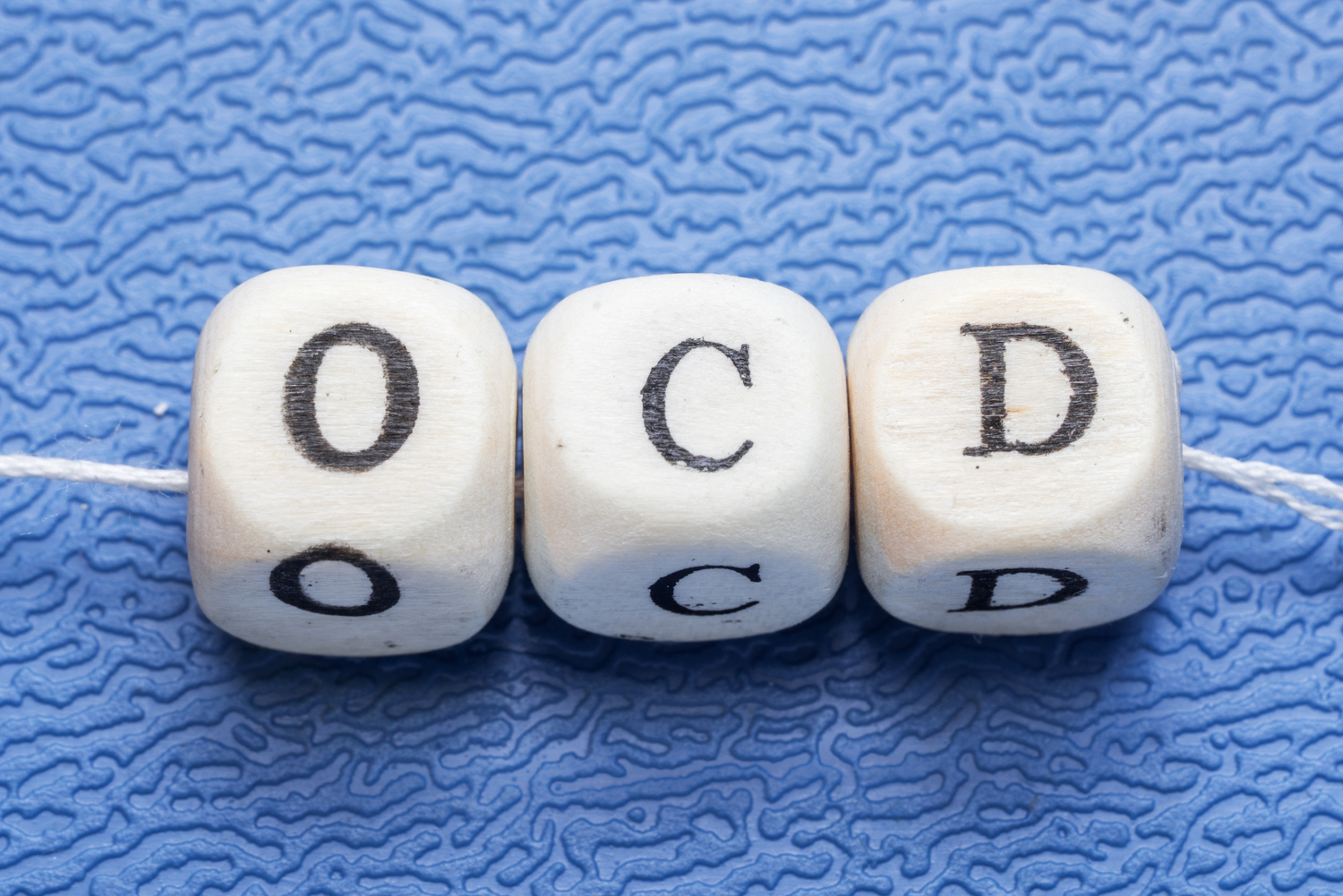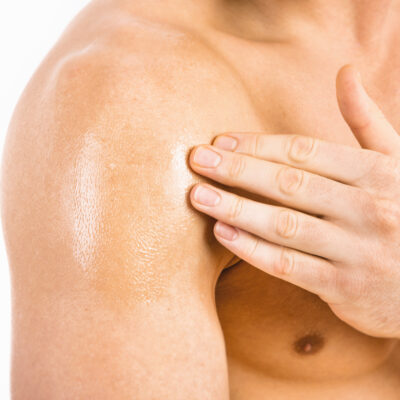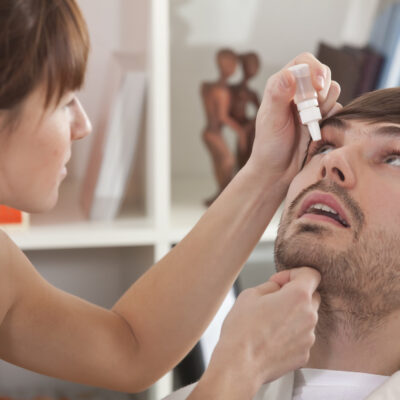
Causes, types, and diagnosis of obsessive-compulsive disorder
Obsessive-compulsive disorder (OCD) falls into the category of anxiety disorders. Repetitive actions or behaviors triggered by fear, apprehension, or uneasiness are the hallmarks of OCD. The signs and symptoms of OCD are subjective. According to the Diagnostic and Statistical Manual of Mental Disorders, the definition of OCD is the presence of compulsions and/or obsessions that disrupt or distress daily living to a large extent.
Both women and men are affected by OCD. The signs and symptoms of the disease may surface as early as ten years of age in some people. It is not necessary that they have obsessions and compulsions together. Fear of contamination, fear of causing trouble, intrusive thoughts, excessive superstition, and fear of losing something may be classified as obsessive thoughts. While excessive double checking, repeating words or phrases, rearranging things repeatedly, retaining old junk items, and repeatedly checking on loved ones are classified as compulsive behaviors.
Causes
Generally, people develop OCD in their 30s. This type of behavior may also be found in children. There are several theories regarding the cause of OCD. One theory states that head injuries or infections may cause OCD. Biological causes of OCD point to the circuit in the brain responsible for sexuality, aggression, and bodily excretions. If the brain finds it difficult to turn off or ignore impulses from this circuit, it may result in OCD. Cognitive behavioral theories state that people who are unable to ignore or control abnormal thoughts experience OCD. Psychodynamic theories state that OCD is the result of unconscious conflict in the brain while trying to suppress or cope or resolve thoughts.
Types
OCD is classified into various types based on the symptoms.
- Contamination obsession coupled with cleaning compulsions – People affected with this obsession will always be uncomfortable with contamination. They indulge in excessive washing or cleaning in order to avoid contamination.
- Harm obsessions coupled with checking compulsions – Those affected with this obsession have thoughts of harm to themselves or loved ones. They often indulge in checking whereabouts or activities of loved ones to make sure they are safe.
- Obsessions without any visible compulsions – Unwanted obsessions with religious, sexual, or aggressive angles are classified as obsessions without visible compulsions.
- Obsession with symmetry coupled with arranging, organizing, or counting – People affected with this type of OCD feel a strong urge to arrange and rearrange objects. They are always looking to organize things in the “right” order.
- Obsessive hoarding coupled with junk collection compulsion – Hoarding refers to the collection of items that are not considered to be of any value by others. Collecting old magazines, clothes, bills, receipts, or containers may be classified as hoarding. This obsession is accompanied by the fear of losing the items collected and an emotional attachment to the objects.
OCD manifests in various forms in people and can affect people of any age.
Diagnosis
- Physical examination – A physical examination may be carried out by the doctor to rule out other problems that could be causing the symptoms and also to check for any related complications.
- Lab tests – Lab tests may include a complete blood count (CBC), screening for alcohol and drugs, and checking the thyroid function.
- Psychological evaluation – This includes discussing the thoughts, behavior patterns, feelings and symptoms with the patient. Based on the patient’s permission, this may also include talking to their family or friends.
- Diagnostic criteria for OCD – The doctor may use the Diagnostic and Statistical Manual of Mental Disorders (DSM-5) that was published by the American Psychiatric Association.


